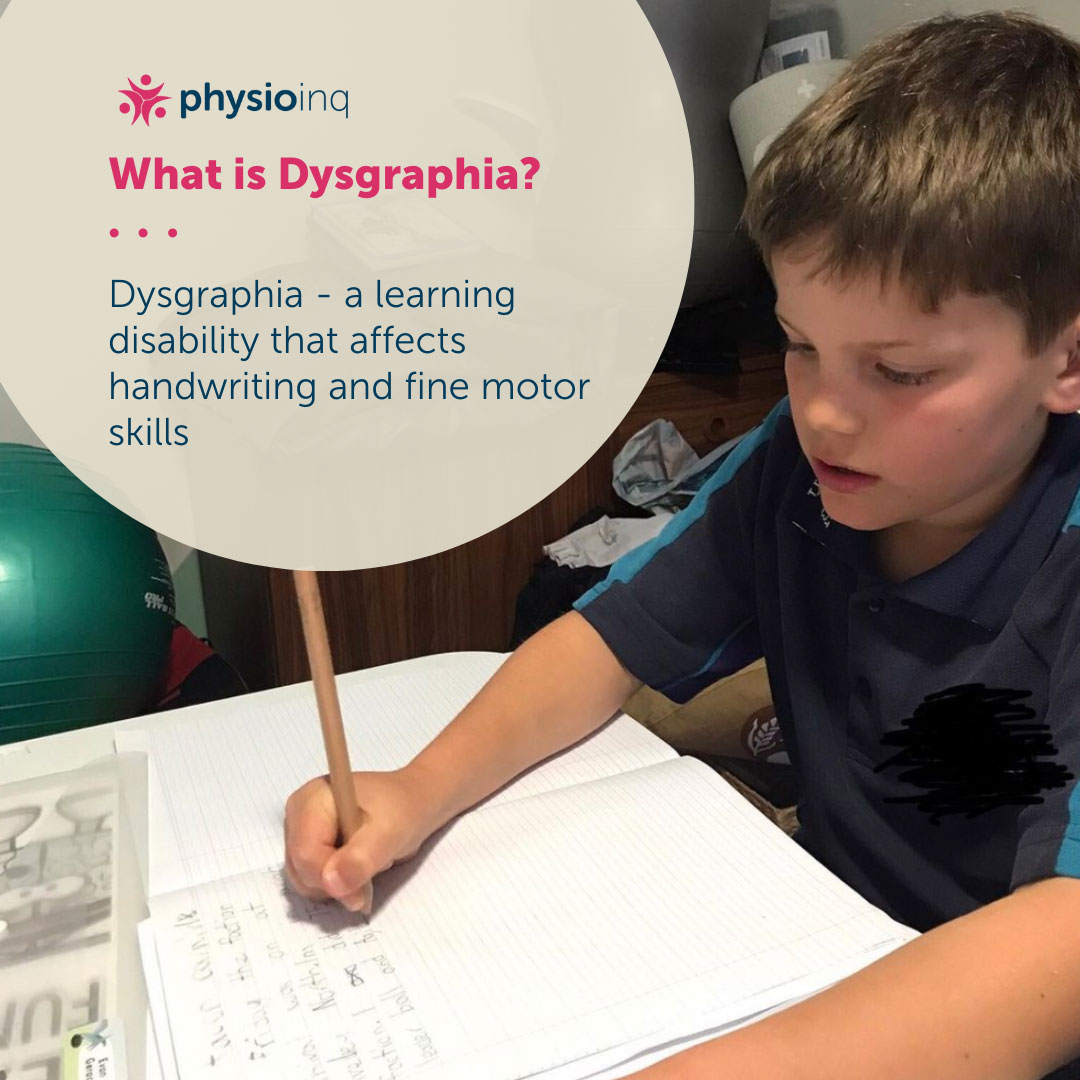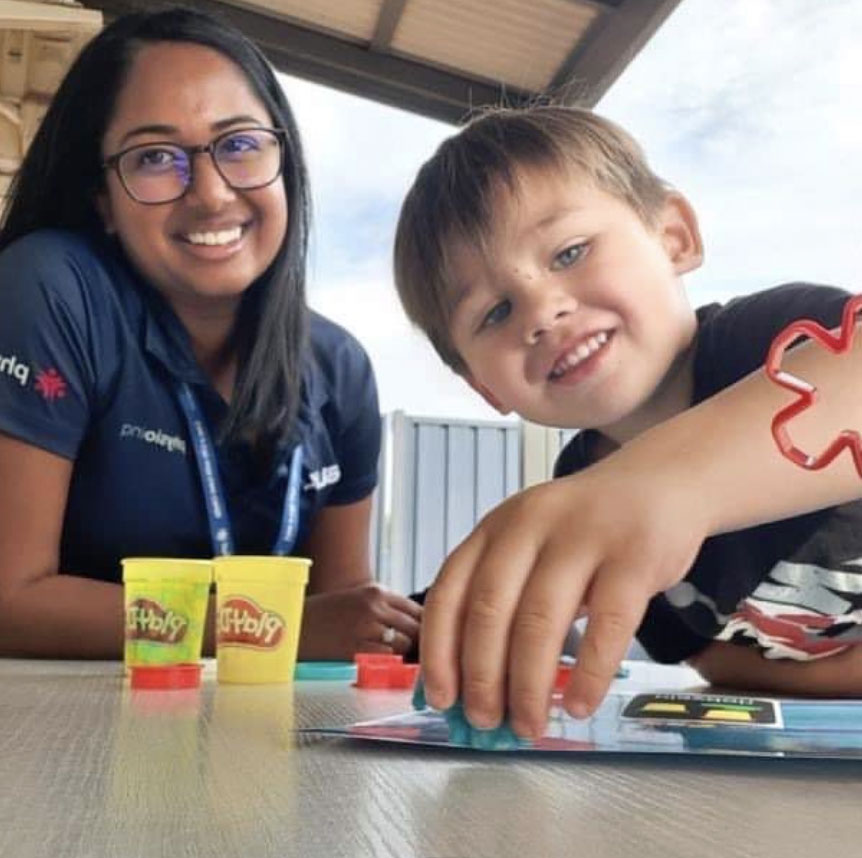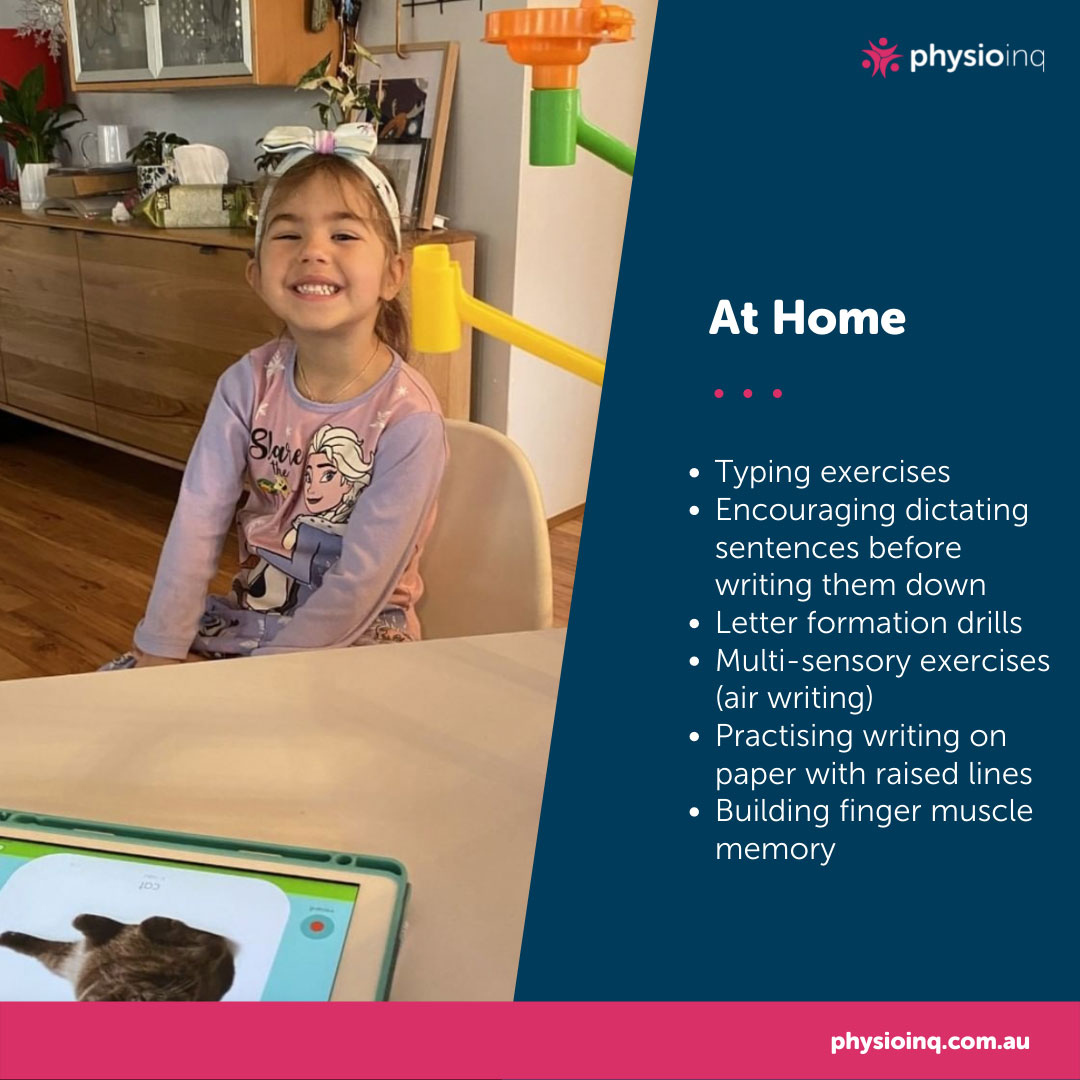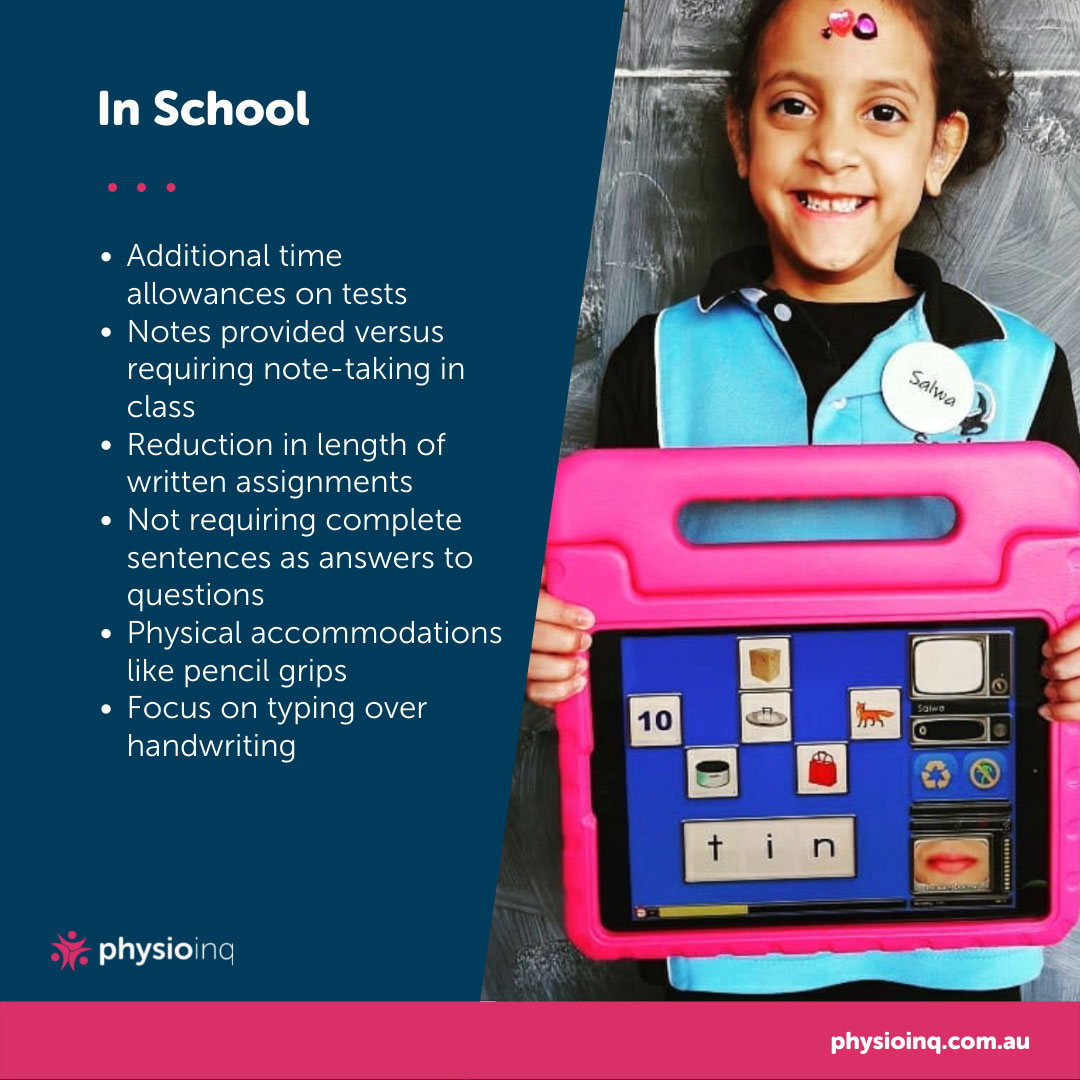Can Occupational Therapy Help My Dysgraphia Child?
Thursday, September 30, 2021
If your child struggles with dysgraphia -- a learning disability that affects handwriting and fine motor skills -- you’re probably looking for how to help a child with dysgraphia improve these important skills.

One of the best things you can do is to start your child with an occupational therapist who can work with them at home or at school. No matter whether the dysgraphia your child is experiencing is spatial, dyslexic or motor, occupational therapy can help.
Here, we’re going over some important information about dysgraphia and how you can treat it through occupational therapy. So, without further ado, let’s get to it.
What is dysgraphia learning disability?
Dysgraphia is a learning disability that affects both the way a child approaches written language and their use of writing to express ideas. It’s usually characterised by extremely poor handwriting and challenges with other fine motor skills, often causing frustration for children, parents and teachers.
While most of us have heard of learning disabilities like dyslexia, dysgraphia is a lesser-known condition that tends to be misunderstood.
So, it’s important to clarify that just because your child has a learning disability doesn’t mean they’re any less intelligent or capable than other children. But, they could do with a bit of assistance to help them deal with the challenges that a learning disability like dysgraphia presents them with.
If you’re seeing the signs of dysgraphia, occupational therapy can help. But first, let’s talk about the age of diagnosis for dysgraphia.
What age is dysgraphia diagnosed?
Dysgraphia is commonly diagnosed among children, although exactly when dysgraphia is diagnosed will vary. Sometimes, it’s not even diagnosed until adolescence or even adulthood.
Usually, children start presenting symptoms during kindy or primary school when they begin to attempt reading and writing more regularly. However, the age of diagnosis depends.
Now, we’re going to go over some of the signs that your child may be dealing with dysgraphia.

What are the signs of dysgraphia?
Every child will present different signs if they are struggling with dysgraphia and the extent of their disorder will also vary. Some common signs that your child might be dealing with dysgraphia include:
- Resistance to colouring or drawing activities
- Holds crayons, markers or pencils awkwardly
- Complaints of pain, discomfort or tiredness when drawing or writing
- Struggles with tracing or “connect the dots” activities
- Fine motor skill issues
- Trouble forming thoughts while writing
- Cannot tie shoes after age 8
- Trouble using scissors, doing up buttons or zipping zippers
- Movements are generally awkward
- Indecipherable handwriting
- Balks at writing things down
- Struggles to text or type
Keep in mind, these signs can also point to issues like dyspraxia and dyslexia. And, in truth, they’re all quite difficult to diagnose. However, if you notice these behaviours consistently, it may be worth reaching out to an occupational therapist to better understand the symptoms and navigate some treatment options.
How does dysgraphia differ from dyspraxia?
The main difference between dysgraphia and dyspraxia is that dysgraphia is a learning disorder while dyspraxia is a coordination issue. However, they can be tricky to distinguish in that they often present the same warning signs.
In other words, dysgraphia is an issue with processing and your child may have trouble with the written word or their handwriting due to their inability to properly process written information.
Dyspraxia, on the other hand, is a coordination issue that makes it difficult for some people to perform the physical movements required for strong handwriting skills.
How does dysgraphia differ from dyslexia?
The main difference between dysgraphia and dyslexia is that dysgraphia is primarily associated with writing challenges whereas dyslexia is primarily associated with reading challenges. Yet, they are similar in that they are both learning disabilities associated with processing issues.
Plus, there’s reason to suspect that there could be some overlap in the two disorders, again, making them difficult to distinguish between the two.
To give you a few examples:
- A child with dysgraphia will more likely have trouble writing things down while someone with dyslexia likely has more trouble reading aloud.
- A child with dysgraphia might have poor spelling or they might write run-on sentences without proper spacing while a child with dyslexia might confuse the order of letters to form words or have trouble following directions.
Occupational therapy can help with all kinds of reading and writing challenges, so if you’re not sure what you’re child might be dealing with, simply see an occupational therapist to get the bottom of things.
Can occupational therapy help my dysgraphia child?
Yes, occupational therapy is one of the best ways to sort out how to help a child with dysgraphia. Occupational therapy is a therapeutic style similar to physiotherapy that focuses on movements and activities that you’ll actually encounter in your everyday life.
Many people receive occupational therapy treatment for things like getting dressed after an injury, aged care in terms of chores and hygiene, as well as fine motor skill treatment for anyone who struggles with daily tasks like writing, speaking or socialising.
Another perk of occupational therapy for dysgraphia is that your therapist will work closely with teachers, parents and other caretakers to streamline the process within the home or school environment.
So, some of the approaches an occupational therapist might take for a child with dysgraphia in the school and at home (with the help of teachers and parents) include:

In school--
- Additional time allowances on tests
- Notes provided versus requiring note-taking in class
- Reduction in length of written assignments
- Not requiring complete sentences as answers to questions
- Physical accommodations like pencil grips
- Focus on typing over handwriting

At home--
- Typing exercises
- Encouraging dictating sentences before writing them down
- Letter formation drills
- Multi-sensory exercises (air writing)
- Practising writing on paper with raised lines
- Building finger muscle memory
Assistive technology (AT) is also sometimes used for children with extreme dysgraphia. AT for dysgraphia might include pencil grips, keyboards, touch screens or dictation (speech-to-text) devices.
How to treat dysgraphia?
There is no cure for dysgraphia but the best way to treat it is through occupational therapy.
Occupational therapy is perfectly suited to help children with everyday tasks including handwriting and fine motor skills, making it the optimal treatment option for dysgraphia and most other types of learning disabilities for that matter.
So, if you’re wondering how to help a child with dysgraphia or you’re simply keen for a diagnosis based on your child’s behaviour, occupational therapy is often the answer.
Meet A Few Members of Our
Physio Inq Mobile & Community Occupational Therapy Team
To help your child improve their quality of life at home, at school and, eventually, at work, contact Physio Inq today to speak with one of our expert occupational therapists. With our Mobile Physio Services, we can work with your child at home or at school.
Call us today on 1300 731 733, or book an appointment online today.
Our Mobile Physio offers community physiotherapy that’s convenient for Australians nationwide. When you book a mobile physio appointment, you’ll get the physiotherapy you need wherever you are and you’ll never cancel an appointment again!
If you want to learn more about dysgraphia and the early symptoms, we found this article exceptionally helpful. You can read it here.
This article was originally written by Jonathan Moody from Physio Inq
![]() Written on behalf of Physio Inq Glenmore Park
Written on behalf of Physio Inq Glenmore Park
